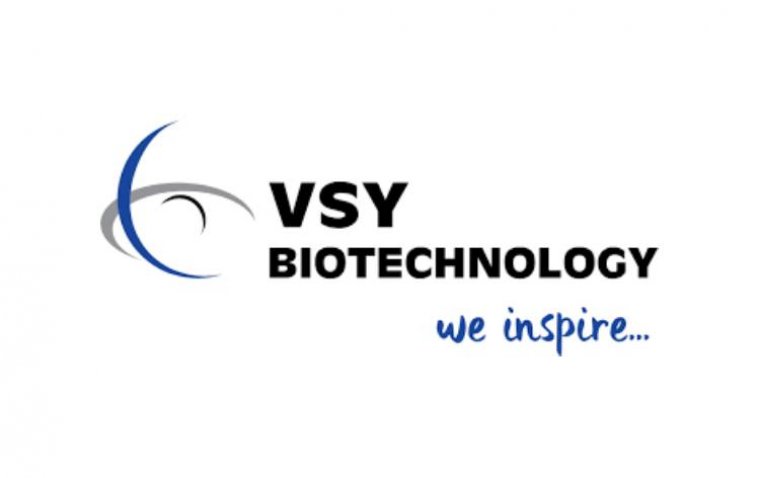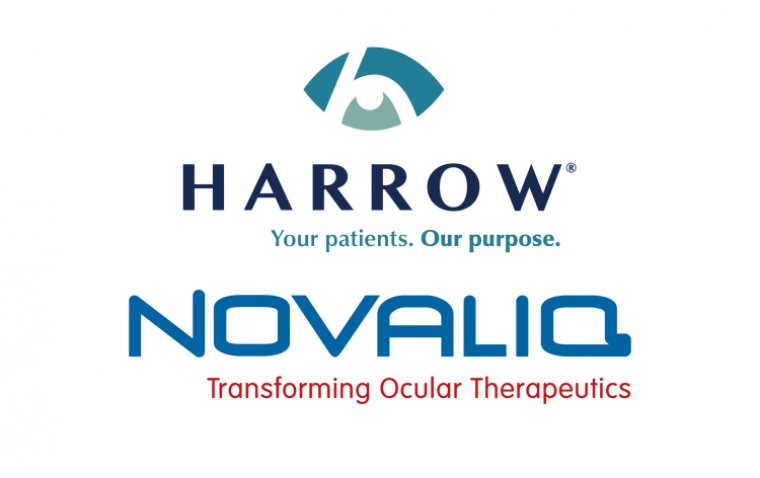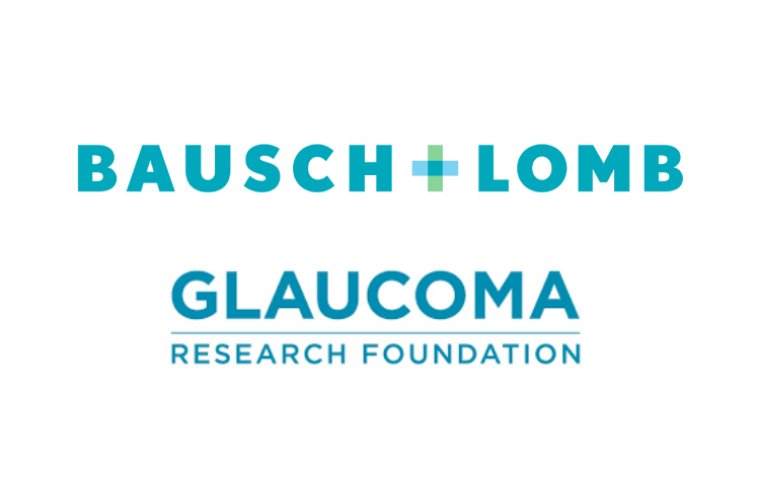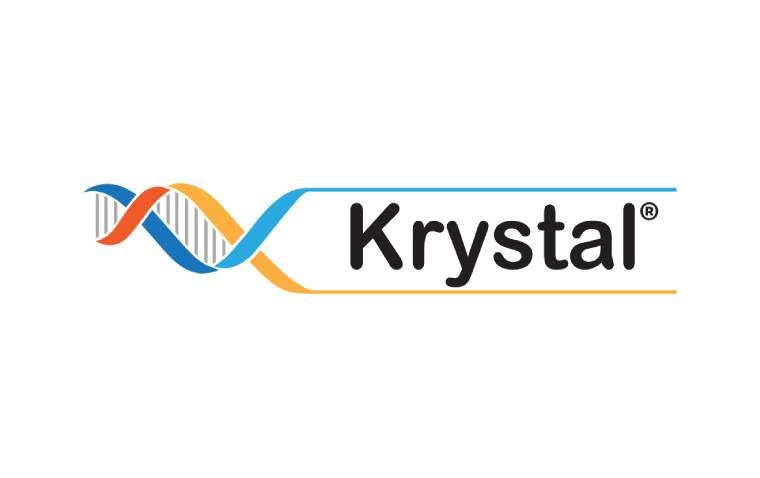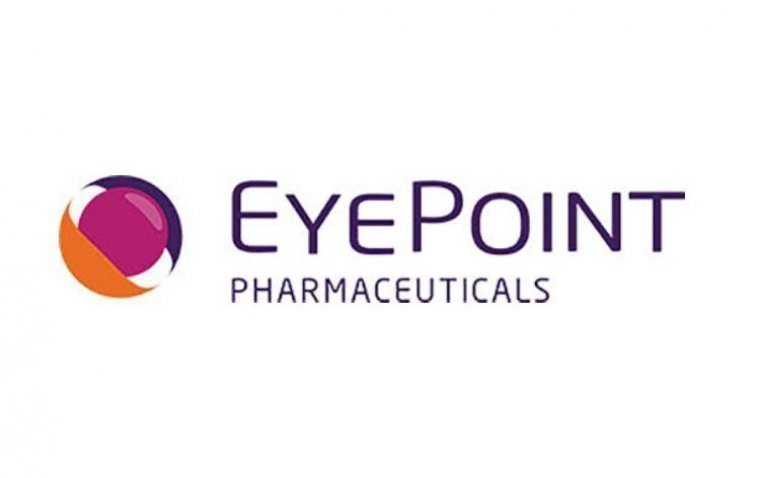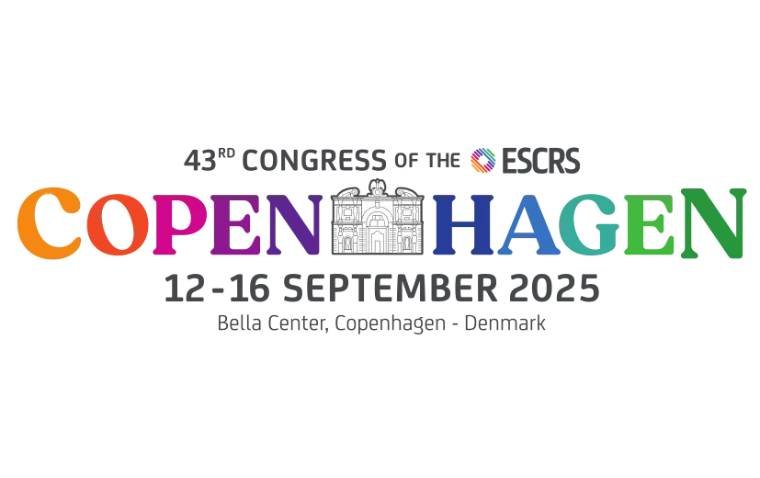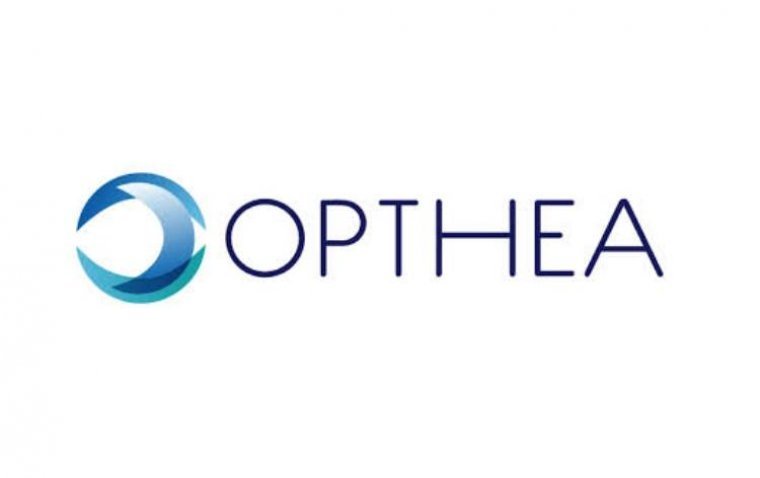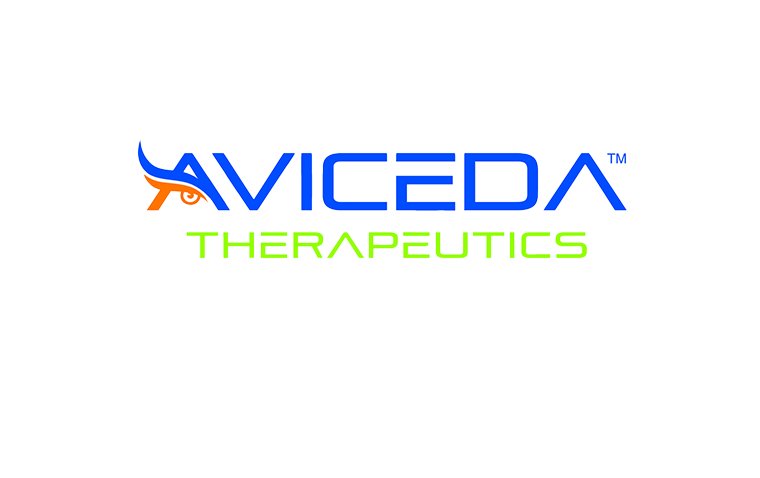
Aviceda Initiates Phase II/III SIGLEC Trial Part Two for GA in AMD Treatment
Aviceda Therapeutics has initiated the second part of its Phase II/III SIGLEC trial for AVD-104, an ophthalmic candidate aimed at treating geographic atrophy (GA) secondary to age-related macular degeneration (AMD). The company has dosed the first subject in this phase, marking a pivotal moment in advancing potential disease-modifying treatments.
Key Developments:
Comparative Trial Design:
The double-masked, multicenter, randomized, controlled trial will span 12 months, with an optional extension of an additional 12 months. AVD-104 will be compared with an active comparator, avacincaptad pegol, building upon the efficacy and safety observed in Part 1.
Positive Outcomes from Part 1:
Dr. David Callanan, Aviceda’s Chief Medical Officer, highlighted positive safety profiles observed in Part 1, with patients showing improvements in Best Corrected Visual Acuity (BCVA) at 3 months. This paved the way for the swift initiation of Part 2, focused on exploring AVD-104 outcomes on GA, with a unique opportunity for a side-by-side comparison with an active comparator.
Dual-Mechanism Approach:
Mohamed Genead, MD, CEO of Aviceda, emphasized AVD-104's dual-mechanism approach, targeting both macrophage/microglial-mediated inflammation and the complement pathway.
If proven safe and effective, this approach could bring about a paradigm shift in treating GA, moving beyond addressing complement dysregulation.
Primary Endpoint and Dosage Variations:
The trial's primary endpoint is the variation in the growth rate of the GA area at 12 months, measured by fundus autofluorescence. Subjects will receive either a low or high dose of AVD-104 or the active comparator.
Part 2 Trial Specifics:
Part 2 of the SIGLEC trial is a multi-center, double-masked, randomized, controlled trial, assessing safety and efficacy outcomes over 12 months, with an optional 12-month extension.
Patients assigned to AVD-104 treatment will receive either low-dose AVD-104, high-dose AVD-104, or the active comparator. The trial will explore visual functional and anatomic efficacy measures, comparing AVD-104 with the active comparator.
Positive Outcomes from SIGLEC Part 1:
Part 1 was a safety and dose-escalation trial with 30 patients receiving a single intravitreal injection of AVD-104, followed for 3 months. All patients tolerated the single dose well, with no drug-related severe adverse reactions observed.
AVD-104 has demonstrated robust in-vitro/vivo efficacy, inhibiting inflammatory and complement pathways. The potential for dosing every 4-6 months adds to the appeal, coupled with anti-neovascular activity equivalent to aflibercept in ocular CNV models.
Positive Topline Data from Earlier Trials:
Earlier in the year, Aviceda presented positive topline data from Part 1 of the Phase 2/3 SIGLEC trial, indicating positive safety and efficacy outcomes observed at 3 months post a single dose of AVD-104.
Dr. Callanan expressed the company's eagerness to move forward into Part 2 of SIGLEC, hoping to demonstrate the meaningful improvement AVD-104 can provide over therapies solely based on complement inhibition. The progression of AVD-104 through clinical trials holds promise for transforming the landscape of AMD treatment, addressing geographic atrophy with a comprehensive approach.
(1).jpg)
